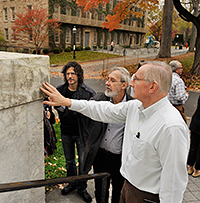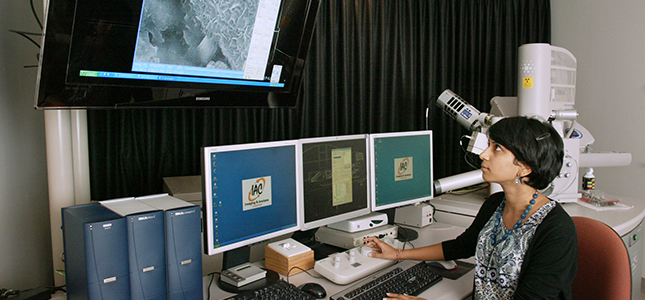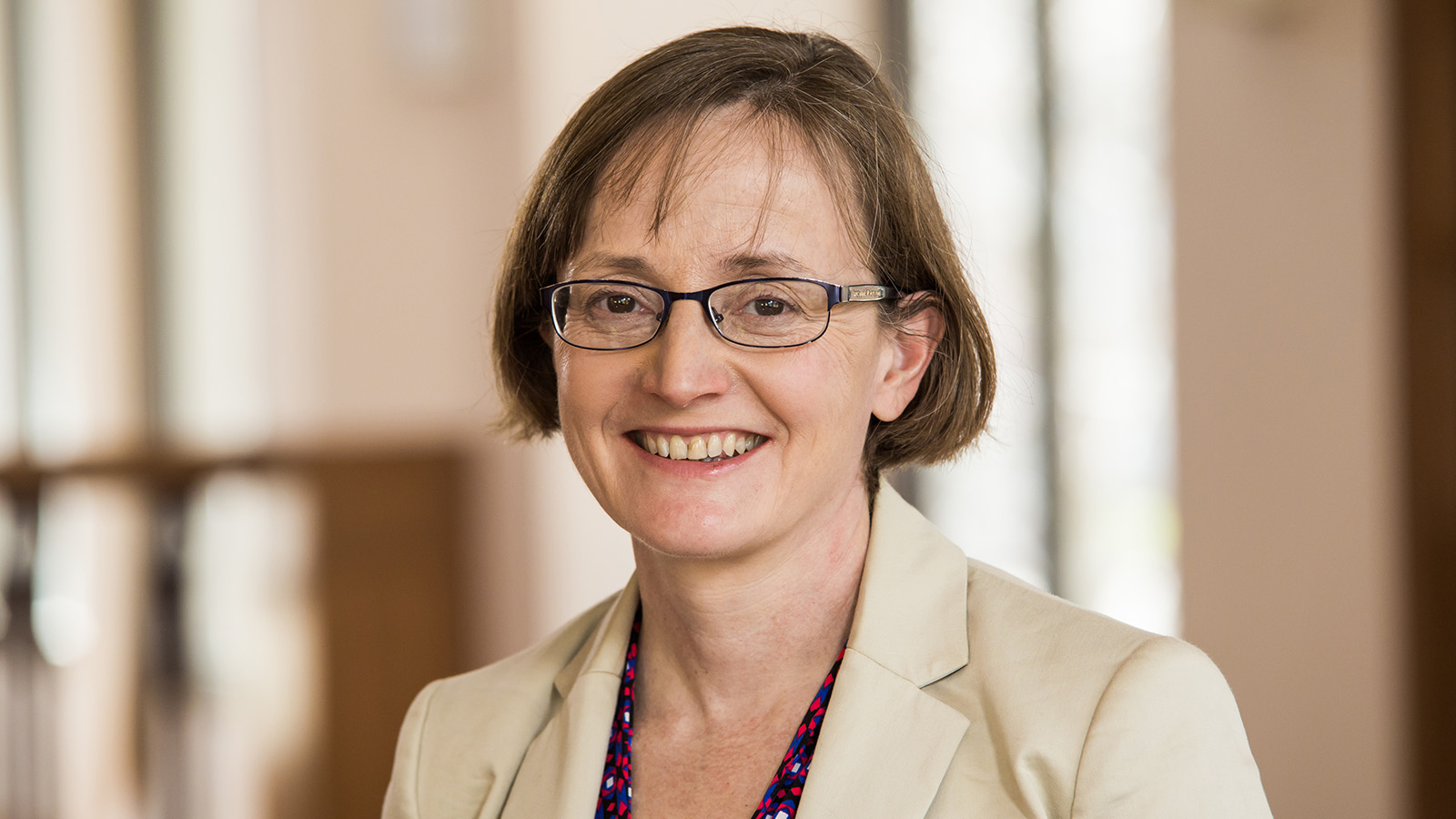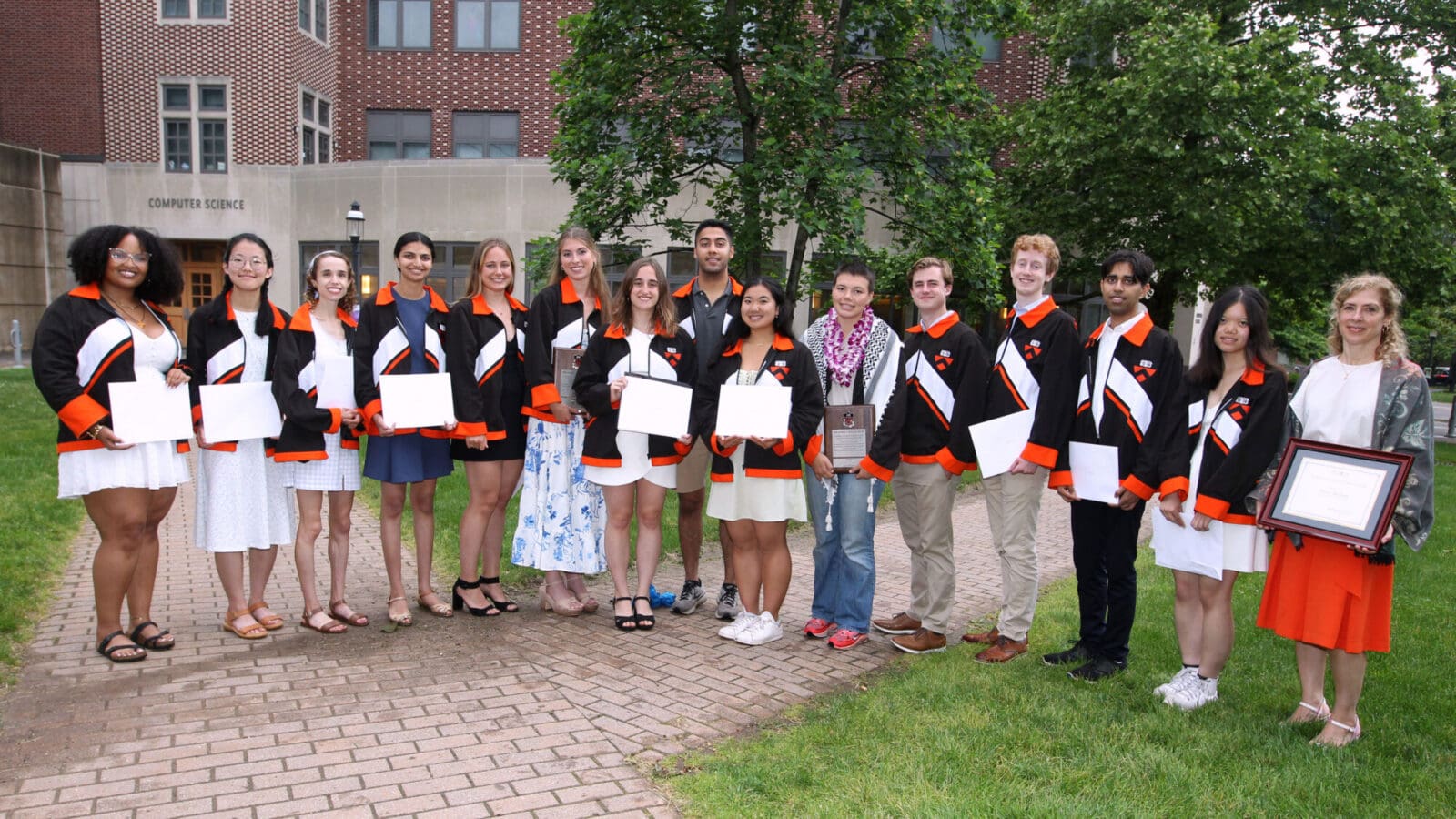 George Scherer‘s tours of campus are not typical. Instead of beauty, he points to deterioration, or at least the type of wear and tear that comes from years of exposure.
George Scherer‘s tours of campus are not typical. Instead of beauty, he points to deterioration, or at least the type of wear and tear that comes from years of exposure.
“My students like to tell me they always thought Princeton had such a beautiful campus – until they take my course,” Scherer jokes.
Scherer, the William L. Knapp ’47 Professor of Civil Engineering, is an expert in stone: how to repair it, restore it and protect it from damage. His research group has discovered techniques to protect many materials, from brownstone to cement.
His most recent project involves the protection of marble with hydroxyapatite. Restorers apply a film of the material to the marble, where it bonds and creates a layer similar to the mineral component of human teeth. Scherer developed the compound in collaboration with Robert Cava, the Russell Wellman Moore Professor of Chemistry.
Sonia Naidu, a graduate student in chemical and biological engineering working on the project with Scherer, recently began testing hydroxyapatite in collaboration with restoration experts from the French palace Versailles, where statues had been damaged by acid rain.

“The deterioration was so extensive that a lot of statues, 100 to 200, had to be moved into a warehouse,” Naidu said. “There were busts, kings, knights on horseback – and they were from all around the palace.”
Olivier Rolland, an independent restorer working on the statuary at Versailles, said the tests will be observational – to see whether the treatment changes the appearance of the marble and whether it increases the resistance to damage.
“We set the first samples with the hydroxyapatite treatment outside this year,” he said. Although it is too early to report any results, he said the technique “seems one of the most promising ways to conserve calcite sculptures outdoors, especially marble sculptures.”





